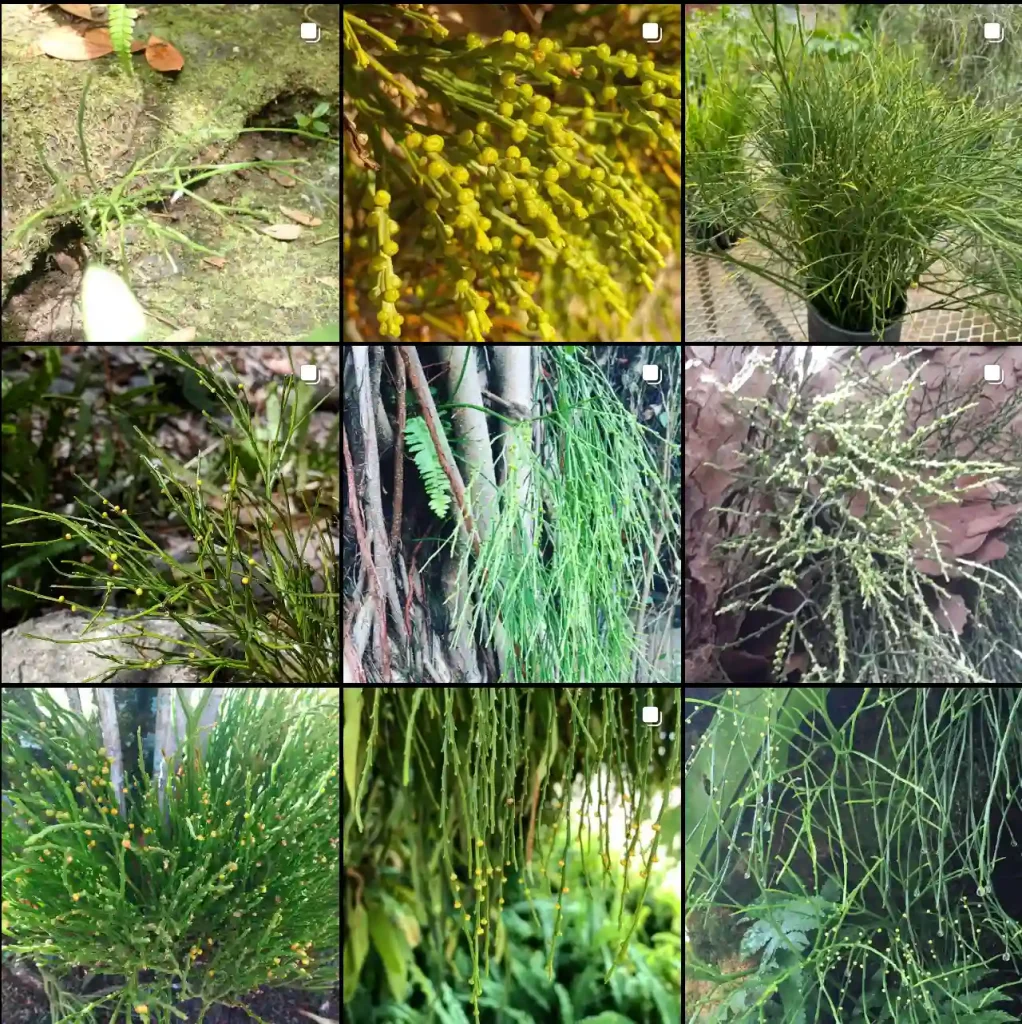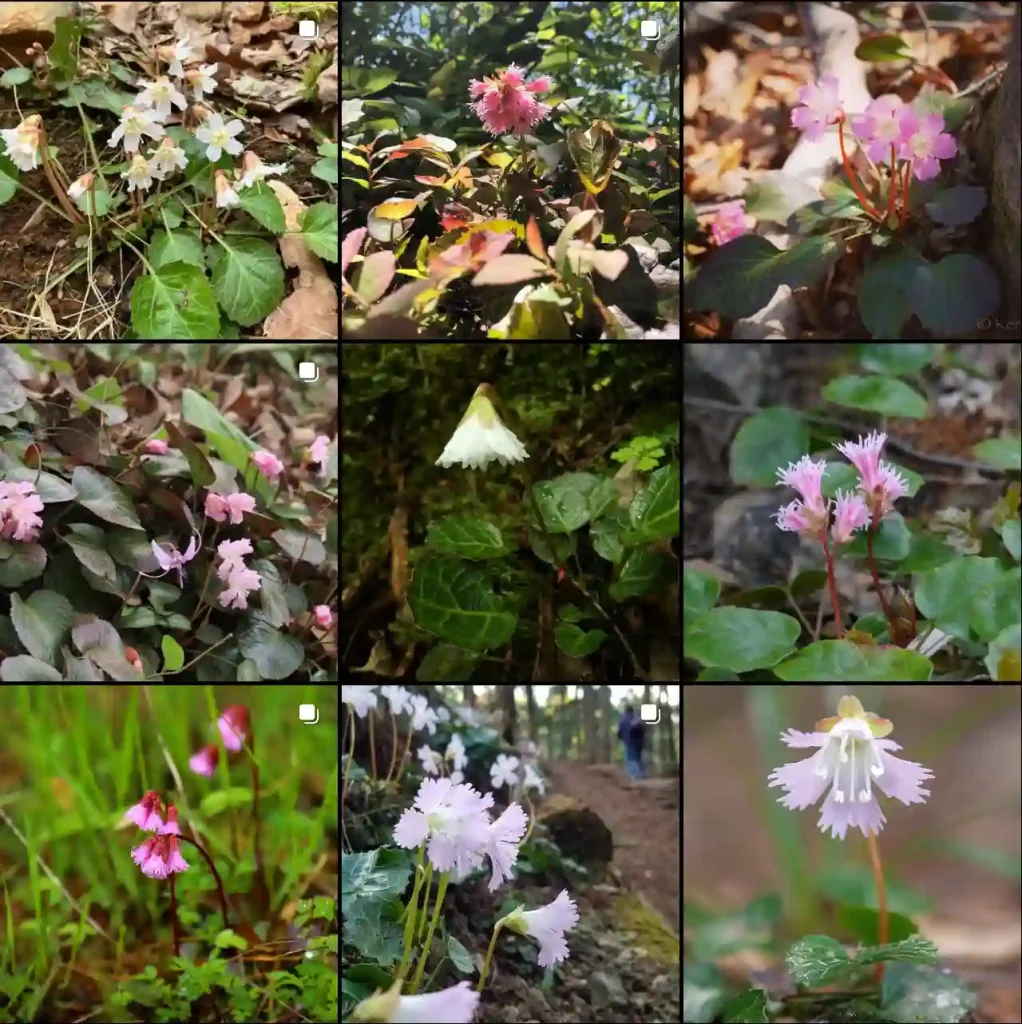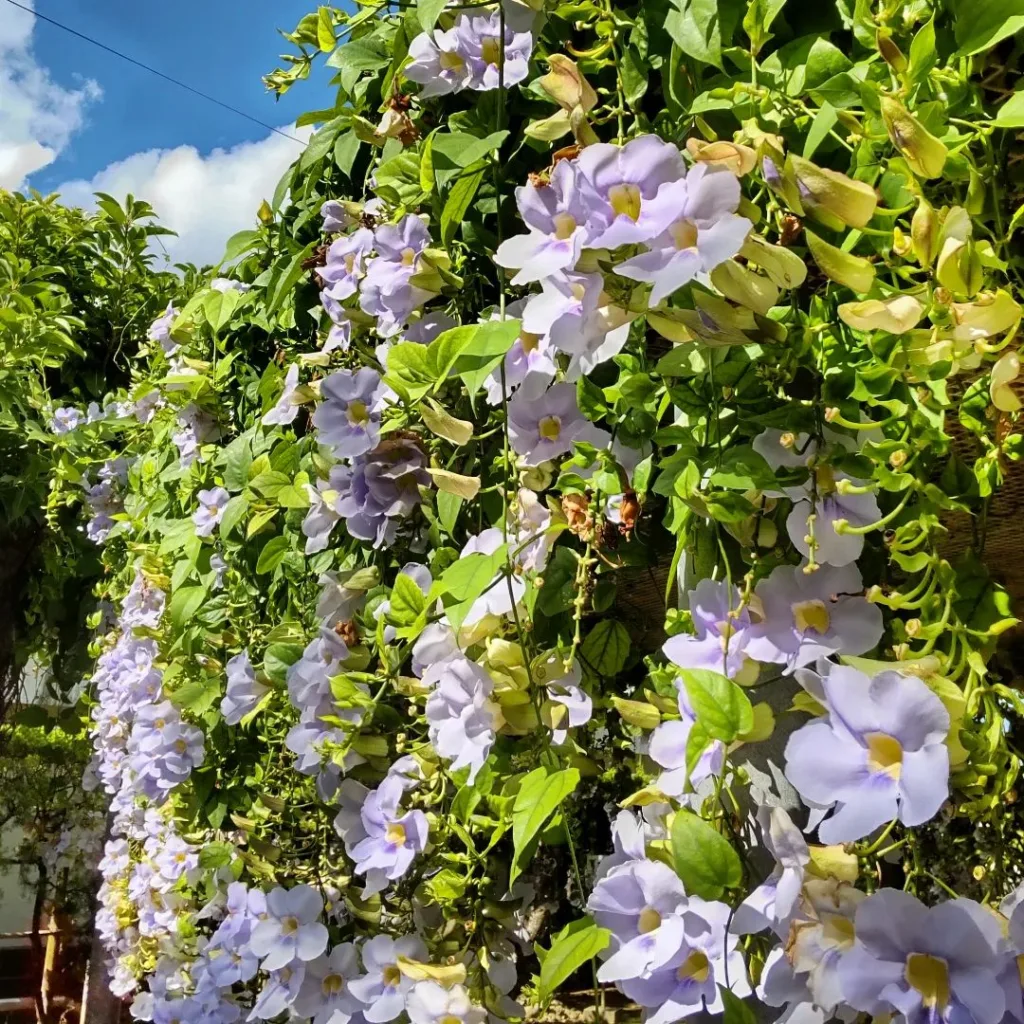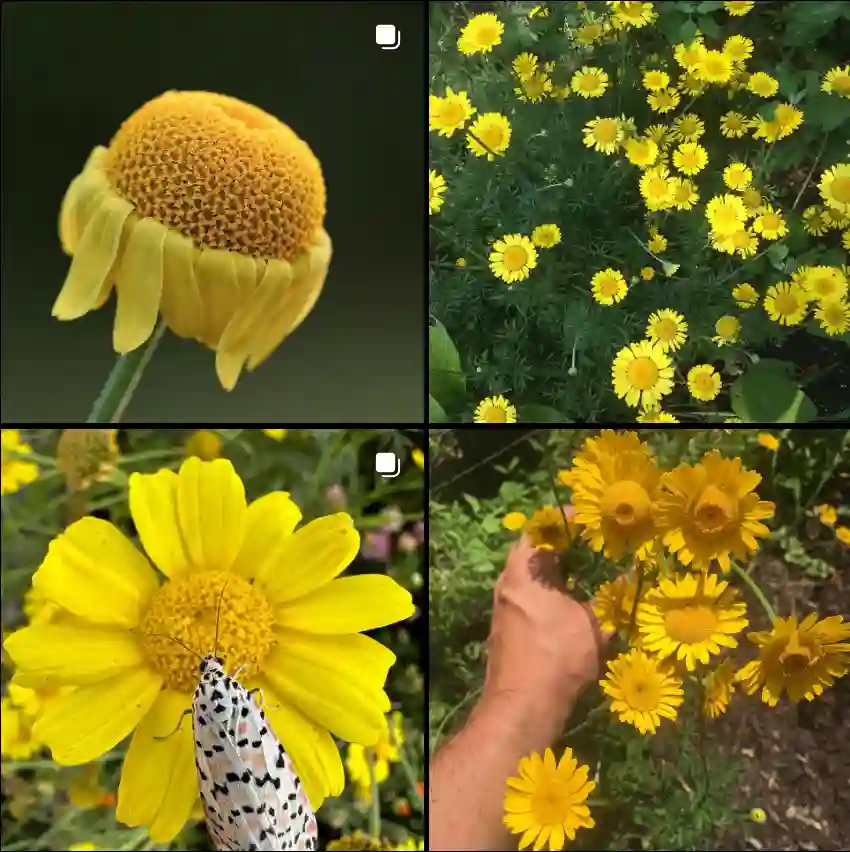What Is Magnolia Betty?
As someone who has grown and admired Magnolia Betty, I can tell you it’s a stunning hybrid magnolia that combines the best traits of its parent species. Magnolia Betty is known for its rich, dark pink flowers that bloom in spring. This deciduous tree is a cross between Magnolia stellata (Star Magnolia) and Magnolia liliiflora (Lily Magnolia). Its blossoms are smaller but more vibrant than those of many other magnolia varieties, and they often appear before the tree’s leaves fully emerge.
371 Species in Genus Magnolia
How Big Does a Betty Magnolia Tree Get?
When considering how big Betty Magnolia will get, it’s essential to understand that it’s relatively modest compared to some magnolia species. Typically, Betty Magnolia grows to about 10 to 15 feet tall and wide. This makes it a great choice for smaller gardens or landscapes where space is limited. Its size allows it to fit nicely into most garden settings without overwhelming the space.
How to Plant a Betty Magnolia?
Planting a Betty Magnolia is straightforward, but there are a few key steps to follow to ensure its success. Here’s a guide based on my experience:
- Choose the Right Location: Select a spot that receives full sun to partial shade. Magnolia Betty prefers well-drained soil with a slightly acidic to neutral pH.
- Prepare the Soil: Work the soil to a depth of about 12 inches and mix in organic matter such as compost. This helps improve drainage and provides nutrients.
- Dig the Hole: Make a hole that’s twice as wide as the root ball but no deeper. The top of the root ball should be level with the surrounding soil.
- Plant the Tree: Place the tree in the center of the hole, ensuring it’s straight. Fill the hole with soil and gently tamp it down to remove air pockets.
- Water and Mulch: Water thoroughly after planting. Apply a layer of mulch around the base to retain moisture and regulate soil temperature.
How to Care for a Betty Magnolia?
Betty Magnolia is relatively low-maintenance once established. Here are some care tips:
- Watering: Ensure the tree receives regular water, especially during dry spells. Keep the soil consistently moist but not waterlogged.
- Fertilizing: Apply a balanced, slow-release fertilizer in early spring before new growth starts.
- Pruning: Prune lightly to remove any dead or damaged branches and to maintain the shape of the tree. Avoid heavy pruning, as Betty Magnolia blooms on old wood.
- Pest and Disease Control: Keep an eye out for common pests like aphids or scale. Treat any issues promptly to prevent serious problems.
How to Propagate a Betty Magnolia?
Propagating Betty Magnolia can be a bit challenging. The most common method is through cuttings. Here’s a simple process:
- Take Cuttings: In late summer, take semi-hardwood cuttings from the current season’s growth. Each cutting should be about 4 to 6 inches long.
- Prepare Cuttings: Remove the lower leaves and dip the cut end in rooting hormone.
- Plant Cuttings: Insert the cuttings into a pot filled with a mix of peat and perlite. Keep the soil moist and place the pot in a warm, bright location.
- Transplant: Once the cuttings have developed roots, usually after a few months, they can be transplanted into larger pots or directly into the garden.
What to Plant With Betty Magnolia?
Betty Magnolia pairs beautifully with various companion plants. I’ve had success with:
- Shade-Loving Plants: Hostas and ferns complement the magnolia’s foliage and thrive in similar conditions.
- Spring Bloomers: Daffodils and tulips add seasonal color that contrasts nicely with Betty Magnolia’s blossoms.
- Evergreens: Plants like holly or pine provide year-round interest and a backdrop for the magnolia’s spring display.
Betty Magnolia vs. Jane Magnolia
Betty Magnolia and Jane Magnolia are both excellent choices, but they have distinct differences:
- Flower Color: Betty Magnolia features dark pink flowers, while Jane Magnolia usually has lighter pink blooms.
- Size: Jane Magnolia tends to be slightly larger, reaching up to 20 feet, compared to Betty Magnolia’s 10 to 15 feet.
- Bloom Time: Both varieties bloom in early spring, but Jane Magnolia’s flowers might last a bit longer.
Can You Grow Betty Magnolia Indoors?
Growing Betty Magnolia indoors is challenging. It thrives best outdoors where it has ample space to grow and receive natural light. However, if you’re set on growing it indoors, ensure you provide a large container, plenty of light, and proper care to mimic its outdoor conditions as closely as possible.
Is Betty Magnolia Toxic?
Betty Magnolia is not considered toxic to humans or pets. However, it’s always a good practice to keep plant material out of reach of pets, as ingestion of any plant material can potentially cause mild digestive issues.
Common Problems with Betty Magnolia
Some common problems include:
- Pest Issues: Watch for pests like scale insects and aphids. Regular inspection and appropriate treatment can prevent damage.
- Fungal Diseases: Magnolia trees can be susceptible to fungal issues such as powdery mildew. Ensure good air circulation around the tree and avoid overhead watering.
In conclusion, Betty Magnolia is a beautiful and manageable addition to any garden. Its charming flowers and manageable size make it a favorite among gardeners. Whether you’re planting it as a focal point or as part of a broader landscape design, this tree offers stunning seasonal beauty with minimal fuss.
If i die, water my plants!



